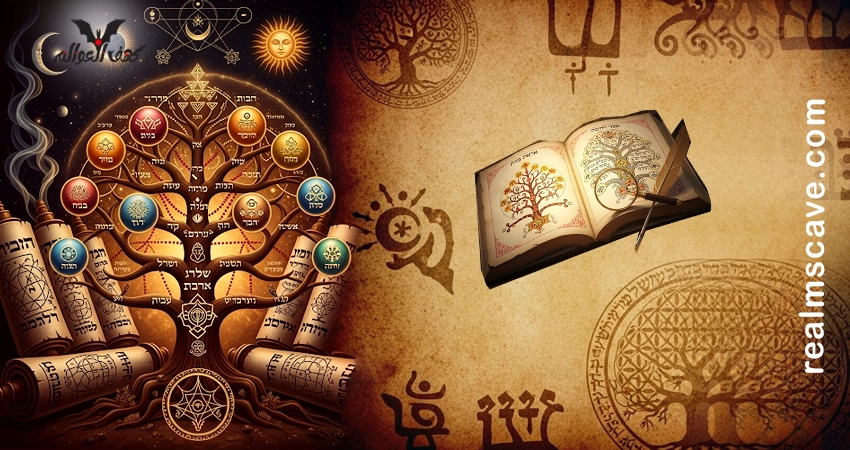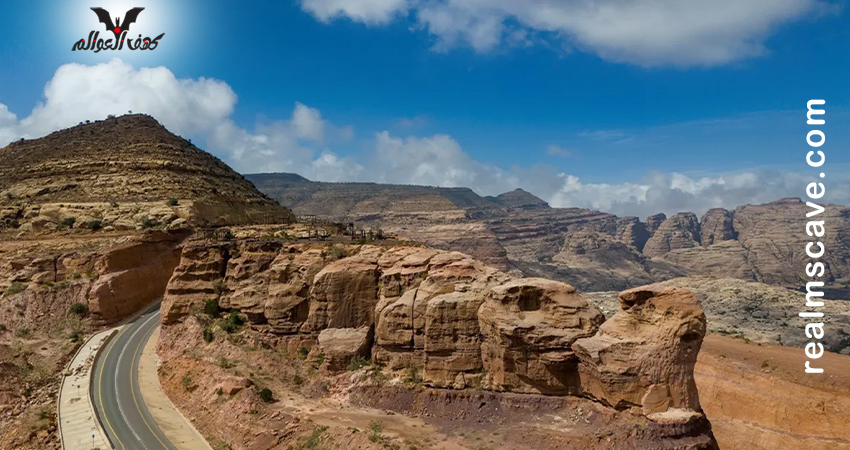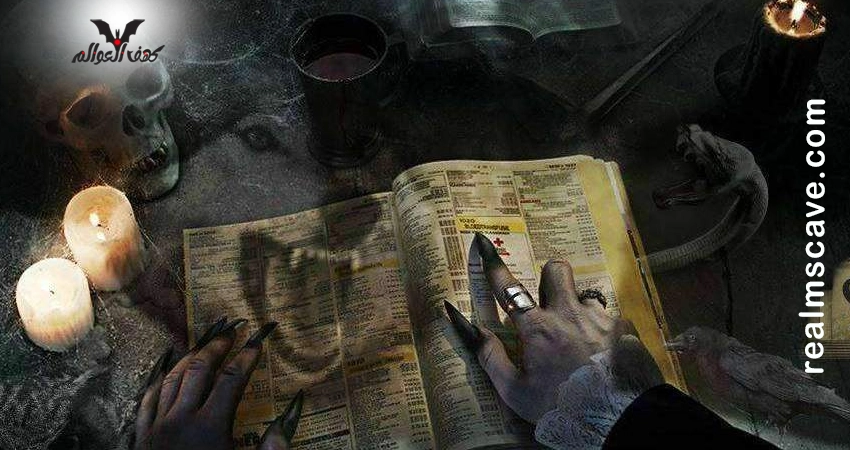Kabbalah: An Inner Journey into the Depths of Being
A Gateway to the Unknown: Kabbalah, the esoteric philosophical and spiritual system, is one of the most mysterious and controversial mystical movements in the history of human thought. It originated within the framework of the Jewish religion, but it has transcended its religious boundaries to become a cultural and intellectual phenomenon that influences philosophy, spirituality, and even the arts. The word "Kabbalah" is derived from the Hebrew "קַבָּלָה," meaning "reception" or "reception," referring to the secret knowledge passed down through generations, as if it were a treasure reserved for the spiritual elite. In this article, we delve into the depths of Kabbalah, exploring its principles, history, symbols, and transcultural influence.
Definition of Kabbalah: The Search for the Hidden Meaning
Kabbalah is not merely a school of thought, but rather an approach to understanding the relationship between the divine and the created, between the infinite and the finite. Kabbalah is known as the esoteric interpretation of the Torah, the sacred text of Judaism, seeking to uncover the truths behind the words. At its core, Kabbalah holds that the universe is not merely a material creation, but an expression of divine energy emanating from an absolute source called the Ein Sof, meaning “the infinite.” This source is the essence of God, which cannot be directly perceived but manifests itself in the world through spiritual mediations. Kabbalah is not limited to theoretical contemplation; rather, it is an invitation to profound spiritual experience. It asks: How can man, in all his finiteness, connect with the infinite? And how can the universe, in all its diversity, be a reflection of divine unity? These questions make Kabbalah an existential philosophy as much as it is spiritual. Basic Principles: The Tree of Life and the Dimensions of Being At the heart of Kabbalah is the Tree of Life, a central symbol consisting of ten Sefirot, divine spheres or radiations that represent God’s attributes and influences in the universe. Each sefirah expresses an aspect of the Divine, such as wisdom (chokhma), understanding (binah), compassion (chesed), and justice (gevurah). These sefirot are not just abstract concepts, but rather channels through which Divine light flows into the material world. Kabbalah is divided into three main types:
Theoretical Kabbalah: Focuses on understanding the nature of God and the universe. It seeks to unravel cosmic mysteries, such as how the divine light is transmitted from the Ein Sof to the material world. Applied Kabbalah: Aims to achieve spiritual union with the divine through meditation and spiritual practices. It is a path of personal experience and inner transformation. Magical Kabbalah: Uses rituals, amulets, and meditations to influence the spiritual and material world. This aspect is the most controversial, as some associate it with magic and occult powers.
History: From Secrecy to Universality Kabbalah emerged in its organized form in 12th-century Spain and southern France, where rabbis began interpreting sacred texts esoterically. However, its true flowering came in the 16th century in Safed (Ottoman Palestine), where Rabbi Isaac Luria, nicknamed "the Arri" (the Lion), emerged as one of Kabbalah's greatest theorists. Luria introduced concepts such as tzim tzum (God's contraction to create the world) and shevirat hakilim (the breaking of the vessels), which explain how the world was created and the existence of evil. The primary text of Kabbalah is the Zohar, a mystical book attributed to Rabbi Shimon bar Yochai in the 2nd century CE, although most scholars believe it was written in the 13th century by Moshe de Leon. For centuries, Kabbalah was taught in secret to religious Jewish men over the age of forty, until Rabbi Abraham Azulai decided in 1570 that Kabbalah was the “wisdom of truth” that should be available to everyone, opening the door to its spread. Kabbalah and Magic: Between Spirituality and Superstition
In some traditions, Kabbalah is associated with magic, as it is believed to enable communication with unseen forces. The use of amulets, such as the red string worn around the wrist to protect against the “evil eye,” is an example of this aspect. These practices have gained attention in modern times, especially after celebrities like Madonna embraced Kabbalah as part of their spiritual journey. However, this aspect has sparked controversy, with some seeing it as a distortion of Kabbalah’s spiritual essence, while others view it as an expression of its flexibility and adaptability.
Influence Beyond Judaism: A Bridge Between Cultures
During the Renaissance, Kabbalah entered Western philosophy, inspiring thinkers such as Pico della Mirandola, who developed a version of "Christian Kabbalah" that combined Kabbalistic and Christian teachings. "Hermetic Kabbalah" also emerged in European mystical circles, blending Kabbalah, alchemy, and Greek philosophy. In modern times, Kabbalah has become a tool for contemplation and self-understanding in non-religious spiritual movements, such as the New Age movement.
Kabbalah Today: Between Tradition and Modernity
In the 21st century, Kabbalah has become a symbol of the search for meaning in a fast-paced world. Centers such as the Kabbalah Center in Los Angeles, founded by Rabbi Philip Berg, use Kabbalistic teachings to teach people how to achieve spiritual and material balance. However, this proliferation has drawn criticism, with some arguing that marketing Kabbalah as a spiritual product diminishes its philosophical depth.
An invitation to contemplation
Kabbalah is not merely a religious or philosophical system, but an invitation to explore the hidden depths of existence. Through the Tree of Life, Kabbalah offers a map for understanding the relationship between humanity, the universe, and the Divine. It reminds us that beyond material reality lie great mysteries, awaiting those who dare to question and contemplate. Whether you are seeking wisdom, spirituality, or simply a deeper understanding of yourself, Kabbalah offers a gateway to a world of infinite possibilities.
If you'd like to go deeper, I can explain the Tree of Life symbols in detail or how Kabbalah is used in modern meditation. Would you like to continue on this journey?




إرسال التعليق